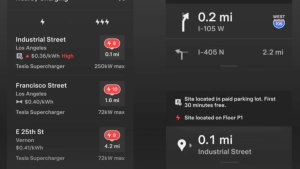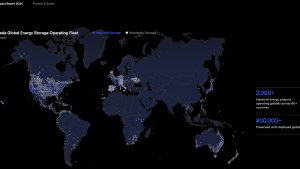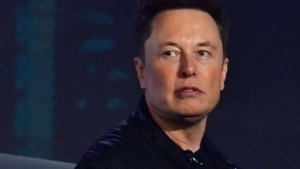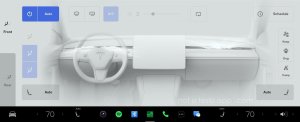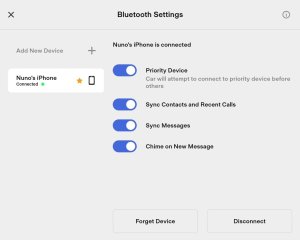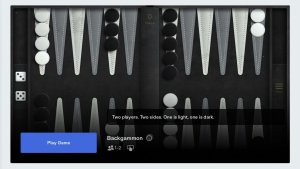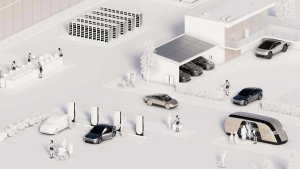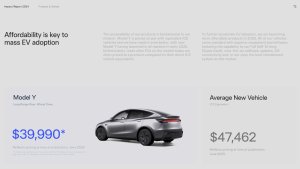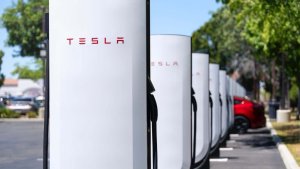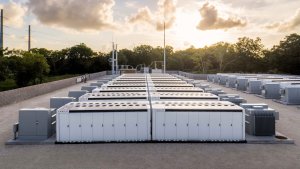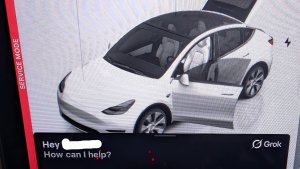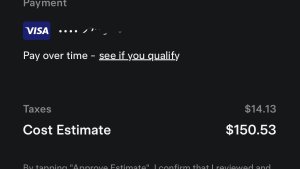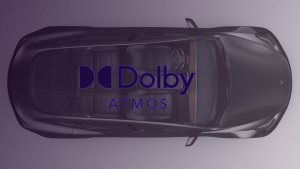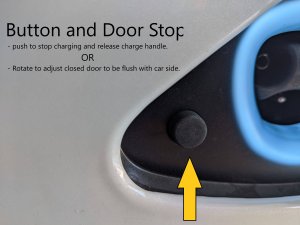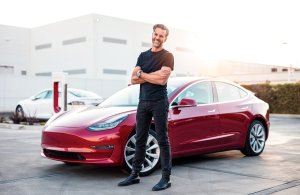Musk Talks Robotaxi Details: Fleet Size, Teleoperators, Avoid Certain Intersections, Scaling and More
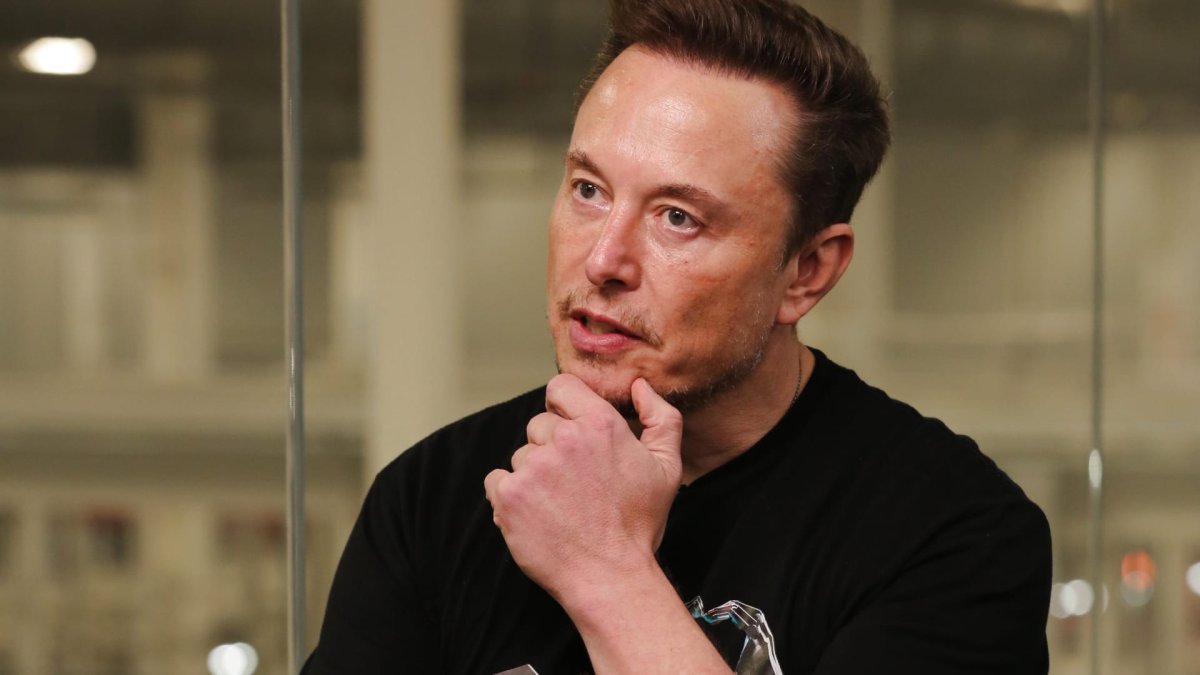
In a live two-part interview with CNBC’s David Faber yesterday, Elon Musk laid out his ambitious near-term plans for Tesla’s Robotaxi Network and the broader rollout of Unsupervised FSD. Speaking from Giga Texas, Elon confirmed that Tesla will be launching its initial Robotaxi pilot service on Austin’s roads by the end of June 2025.
Tesla Already Testing Robotaxi With Safety Drivers
The upcoming Austin launch is the start of Tesla’s long-stated Robotaxi ambitions. After promising true FSD for years, it appears that Tesla is finally ready to debut it, albeit it’ll be closed to the public initially, and it will only be available on Tesla-owned vehicles for now.
Elon expressed confidence in that end-of-June timeline, revealing some of the extent they’ve gone to behind the scenes. Tesla has had test vehicles driving in Austin 24/7, currently with drivers in the cars. However, they’ve seen essentially no interventions required from the safety drivers during the testing phase, which is good news.
The initial deployment in Austin will be deliberately small to ensure that everything operates as expected.
"So we want to be very careful with the first introduction of unsupervised full self-driving, meaning that there’s the cars driving around with no one in it... Well, yes, and sometimes no one in it at all. Just going to pick someone up. So the car obviously has to be incredibly safe." - Elon Musk on CNBC
How the Robotaxi Network Will Operate
Musk said that Tesla intends to launch with just 10 Robotaxis for the first week and then slowly increase it to 20, 30, 40, and higher. All of that is to be done without a safety driver. Tesla will still have teleoperators supervising the vehicles remotely if they get stuck, but other than that, they will be in motion without an occupant in the driver’s seat.
The goal is to hit 1,000 active Robotaxis within a few months and then focus on expansion towards San Francisco, Los Angeles, and San Antonio. While Tesla could start with 1,000 or 10,000 - given that the initial vehicles are just Model Ys, Tesla wants to keep a tight leash on the fleet and make sure that both the safety and experience are up to snuff.
Geofenced and Avoid Certain Intersections
To further increase safety during the early phases, Elon confirmed that Tesla will geofence the Robotaxis' operational areas within Austin, limiting them to parts of the city where Tesla has the highest confidence in the system's performance. He stated they would avoid intersections unless the system is proven to handle them well, or route around them. While the goal is for the cars to operate without safety drivers, there will be rigorous remote monitoring of the fleet's activities.
Looking at the broader regulatory picture, Elon acknowledged the current complexities, with rules varying by state and even by city. He reiterated his call for a "unified set of national regulations" for self-driving vehicles in the U.S. to ensure consistency and prevent a confusing patchwork of differing rules as vehicles travel across jurisdictions.
This seems to be a great idea, at least initially. Autonomous cars will be safer if they adhere to the same rules everywhere rather than having different rule sets based on the state. However, one issue is that pedestrians and human-driven vehicles may expect the vehicles to either perform or refrain from certain actions, such as not turning right at red lights, and having different rules for self-driving vehicles could cause confusion.
Adding Your Vehicle to the Robotaxi Network
During the interview, Elon painted a picture of a rapidly expanding fleet of privately owned Teslas capable of unsupervised FSD. He offered a bold prediction for the near future:
"My prediction is that probably by the end of next year [end of 2026] we will have probably hundreds of thousands, if not—... Over a million Teslas doing self-driving in the U.S. ... Unsupervised full self-driving, where you do not need to pay attention." - Elon Musk on CNBC
Tesla eventually plans to allow vehicle owners to add or subtract their cars from the Robotaxi fleet, creating a model he likened to a combination of Uber and Airbnb. This would allow owners to generate revenue when their vehicle isn’t being used, with Tesla receiving a portion of the revenue.
He also mentioned that Tesla owners will likely even make more from their cars participating in the fleet than their lease costs. Elon seemed confident in Tesla's ability to manage the logistics, stating, "Tesla has all the ingredients necessary to offer a vast self-driving fleet overnight."
Elon on Vision-Only and Licensing FSD
Elon also took the opportunity to emphasize that Tesla’s approach to autonomy, based on vision, is the ideal approach. The road system is designed for humans with eyes, so using neural nets with cameras is the ideal solution.
"Because the way that the road system is designed is for AI. It’s basically, I should say, it’s for intelligence, biological neural net, and eyes. That’s how the whole road system is designed. So what will actually work best for the road system is artificial intelligence, digital neural nets, and cameras... And what we found is that, when you have multiple sensors, they tend to get confused. So do you believe the camera or do you believe lidar? - Elon Musk on CNBC
While Tesla previously included radar in its vehicles, the disagreements between the radar and camera data led to uncertainty, prompting Tesla’s engineers to turn the radars off instead. The decision wasn’t about the expense, as per Elon’s comments, but rather on the reducing utility of other sensor types when camera vision becomes more accurate.
Elon also confirmed that Tesla is "very much open" to licensing its FSD technology to other major automakers and is currently in discussions with several. "The more we demonstrate the capability of self-driving, the more that they will want to license it, and we’re happy to help," he added.
Optimus and Learning
While the interview primarily focused on Tesla’s ambitions for autonomy, Elon also touched on other key aspects of Tesla’s business and future. He reiterated that Optimus and autonomy will “overwhelmingly” dominate the future financial success of Tesla. At multiple Earnings Calls, Elon has said much the same, so it's not surprising to see him stick to this belief.
Elon provided more color on Optimus's development, noting that while achieving the goal of billions of humanoid robots is at least a decade away, even with insatiable demand. He reaffirmed that the target of producing a million robots by 2030 was still reasonable. The training process is evolving; currently, human operators in motion capture (MOCAP) suits perform basic tasks (picking up objects, opening doors, dancing) to bootstrap the robot's intelligence.
The next threshold, Elon explained, is for Optimus to learn from watching videos, like YouTube "how-to" guides, enabling dramatic "task extensibility." Following that, "self-play," where robots learn by interacting with objects, like a child with toys, guided by a reward function, will be key.
Within five years, Tesla envisions Optimus being capable of household chores like doing dishes, walking the dog, and even proactively understanding and fulfilling user needs. This level of AI advancement requires immense compute. Elon confirmed Tesla's own Dojo training program, based in New York, is contributing, though Tesla will continue to buy many GPUs from Nvidia.
Watch the CNBC Interview
FULL ELON INTERVIEW ON CNBC (PARTS I & II)
— ELON CLIPS (@ElonClipsX) May 21, 2025
Here's the complete, consolidated interview of Elon Musk with David Faber, recorded yesterday in two parts at Giga Texas. (The second part starts at 23:54)
Timestamps:
0:17 Robotaxi launch in Austin
1:29 Ramping up Tesla Robotaxi… pic.twitter.com/OEtrlLNnLo











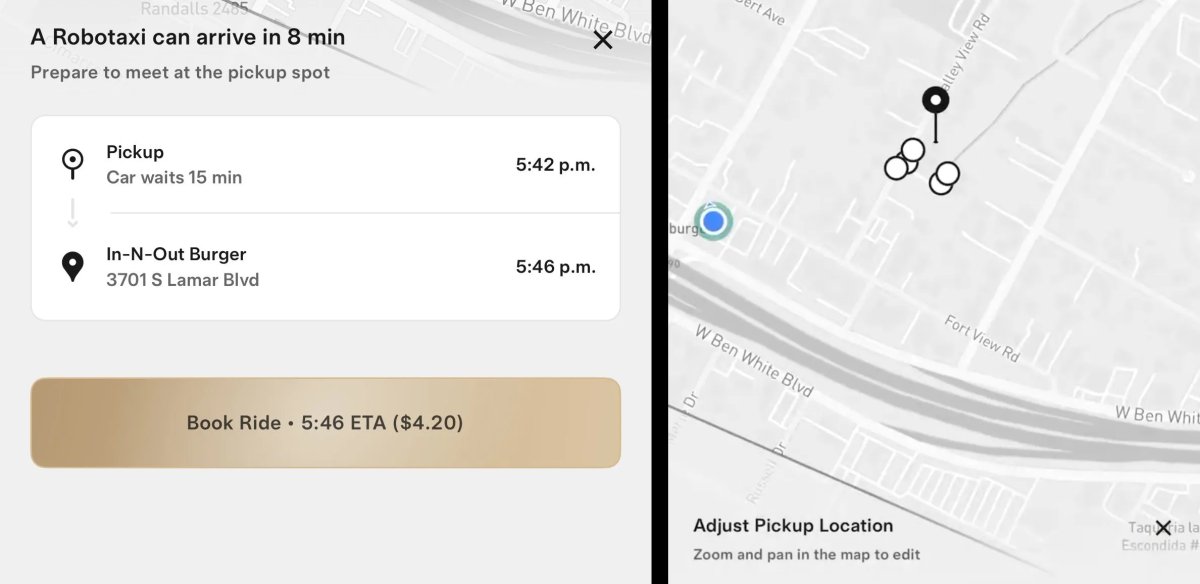
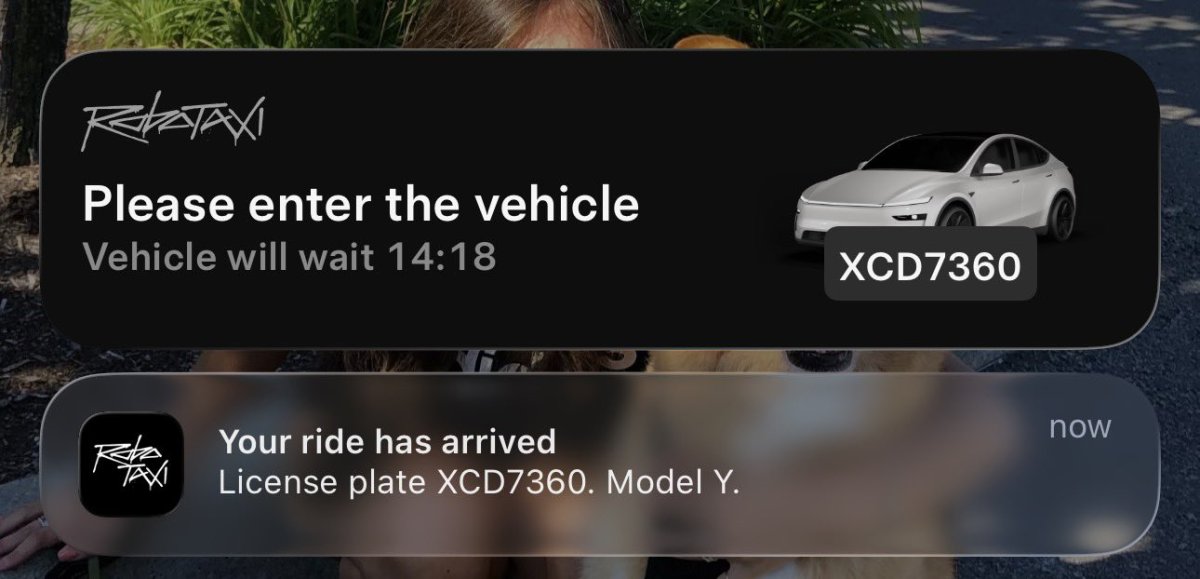
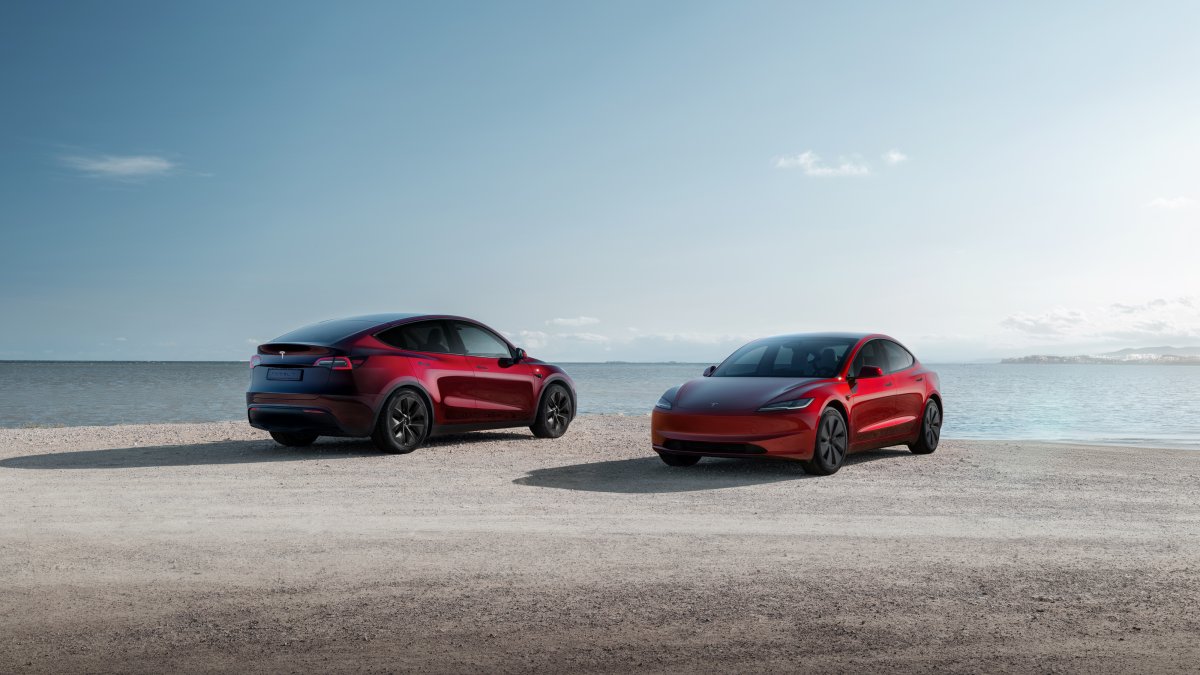
![Tesla Updates Robotaxi App: Adds Adjustable Pick Up Locations, Shows Wait Time and More [VIDEO]](https://www.notateslaapp.com/img/containers/article_images/tesla-app/robotaxi-app/25-7-0/robotaxi-app-25.7.0.webp/4ac9ed40be870cfcf6e851fce21c43b9/robotaxi-app-25.7.0.jpg)

